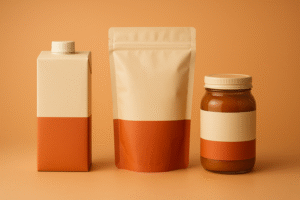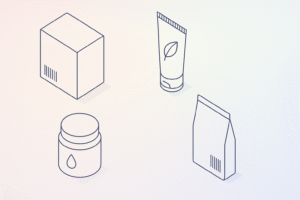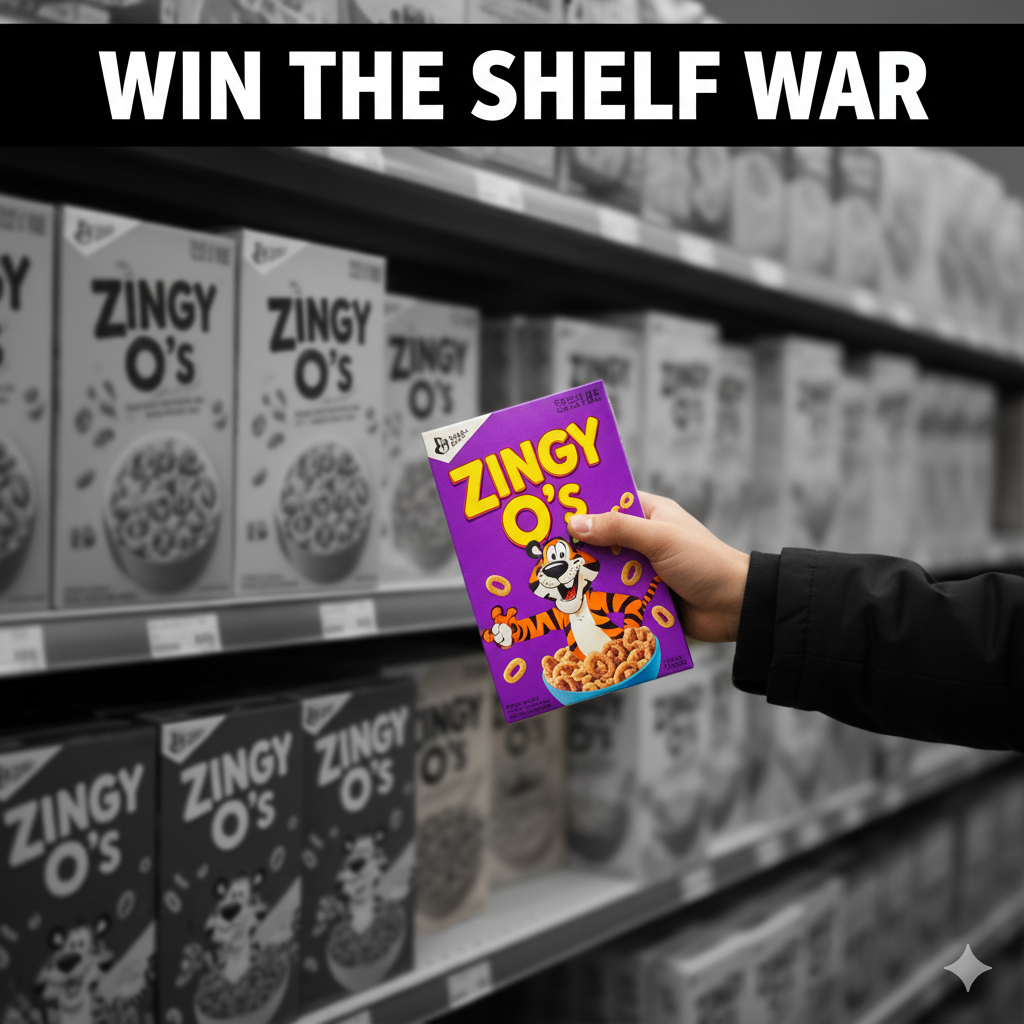Packaging Agency: How to Choose One (and What Great Agencies Actually Do)
A modern packaging agency doesn’t just make things “look good.” It translates strategy into structure, turns claims into clear hierarchy, and ships press-ready files that perform on shelf and on a 6-inch screen. This long-form guide explains what a packaging agency offers, how the process really works, what to expect for timeline/cost, and how to judge quality before you hit print.
Table of Contents
-
What a Packaging Agency Actually Does
-
Services You Should Expect (End-to-End)
-
Process: From Brief to Print (Step-by-Step)
-
How to Evaluate an Agency (Scorecard)
-
Pricing & Timelines (What Moves the Needle)
-
E-commerce & Retail Readiness
-
Sustainability Without Green-washing
-
Mini Case Snapshots (with Portfolio Links)
-
Common Mistakes & Quick Fixes
-
Image Prompts (Hero, System, Dieline, Eco)
-
FAQs
-
Rank Math Data (Copy-Paste)
1) What a Packaging Agency Actually Does
A true packaging agency connects four pillars:
-
Strategy: Positioning, audience triggers, brand promise, and proof claims.
-
Structure: Dielines, formats (pouch/carton/jar), inserts, closures—cost and protection first.
-
Visual System: Type pairing, color logic by variant, iconography, imagery, grid.
-
Production: Compliance, prepress, printer liaison, and e-commerce assets.
See a clean food example that blends structure + bold color bands: Sushi Packaging Design →
2) Services You Should Expect (End-to-End)
Category & Shelf Audit
Competitive scan, category codes to respect, whitespace to own.
Structure & Dielines
Box styles, stand-up pouches, trays, sleeves, tamper bands, zipper types. Vendor-ready dielines with assembly notes.
Material & Barrier Guidance
Paperboard/kraft vs. laminates vs. glass/metal; OTR/WVTR targets; food-safe inks; grease or moisture barriers.
Visual Territory & System
Benefit-first front, variant color logic, icon set, appetite-appeal imagery or photoreal 3D.
Compliance & Localization
Nutrition/INCI, allergens, barcodes, batch/lot zones, multi-language panels, certs (halal/kosher/vegan/organic).
Prepress & Production
Color management, trapping/overprint, barcode sizing, proof reviews, first-article checks.
E-commerce Kit
Marketplace thumbnails, back-of-pack angle, lifestyle frames, in-hand scale, short unboxing GIF.
Versioning & Extensions
Seasonals, multipacks, retailer stickers, bundles—without breaking the system.
3) Process: From Brief to Print (Step-by-Step)
-
Discovery & Brief – Goals, channels (retail/DTC/Q-commerce), claims, unit economics.
-
Shelf Audit – 3–5 direct competitors and 2 tangential categories for inspiration.
-
Structure First – Lock dielines, closures, and material before color/type.
-
Concept Territories (2–3) – Distinct layouts with message hierarchy stress-tested at thumbnail size.
-
Refinement + Compliance – Nutrition/INCI, allergens, barcodes, translations, certs.
-
Prepress Setup – CMYK/spot strategy, trapping, overprint, barcode tests, soft/hard proofs.
-
Production & QA – Vendor liaison, stock/ink adjustments, first-article approval.
-
Launch Assets – 3D renders, web crops, social thumbnails, unboxing content.
4) How to Evaluate an Agency (Scorecard)
-
Strategic Clarity (20%) – Do they turn your promise into a repeatable headline + 2–3 proofs?
-
Structure Literacy (20%) – Can they talk dielines, barrier films, closures, and freight?
-
System Thinking (20%) – Will new variants slot in without redesign chaos?
-
Compliance Discipline (15%) – Do they plan panels early (not last-minute Tetris)?
-
E-com Readiness (15%) – Thumbnail legibility, gallery logic, hero angle consistency.
-
Production Hygiene (10%) – Clean prepress, color notes, printer-friendly PDFs.
Give each agency a 0–5 on each line; shortlist the top two.
5) Pricing & Timelines (What Moves the Needle)
Typical timeline: 3–8 weeks, depending on SKU count, compliance, photography/renders, and printer lead times.
Cost drivers:
-
SKUs/variants & language count
-
Finish level (soft-touch, foil, spot UV), custom inserts
-
Regulatory complexity (nutrition/INCI, certs)
-
Photo/3D asset depth and e-commerce kit
-
Rush or retailer-specific demands
6) E-commerce & Retail Readiness
-
Front panel = poster. Big brand, bigger variant, clear color band.
-
Gallery set: front hero, angled back (compliance), lifestyle, in-hand scale, short unboxing GIF.
-
Copy near first image: three proof bullets (e.g., “No Added Sugar • High Protein • Gluten-Free”).
-
Consistency: same hero angle and lighting across the line increases trust and CTR.
Supplements example (benefit-first front and icon logic):
Dog Supplement Label Design →
Broader supplement systems:
Supplement Label Design Freelancer →
7) Sustainability Without Green-washing
-
Right-size packs; reduce void fill and plate count.
-
Prefer mono-materials where possible for simpler recycling streams.
-
Avoid vague “eco” claims—be specific (recyclable where facilities exist, FSC stock, soy inks).
-
Design end-of-life instructions into the back panel.
8) Mini Case Snapshots (with Portfolio Links)
Food (carton + flow wrap):
Reduced front clutter, enlarged variant name, standardized color bands → clearer thumbnails, fewer “what flavor?” chats.
See tone: Sushi Packaging Design
Supplements (jar + label):
Benefit headline + 3 proof icons → scalable to 6 SKUs without redesign.
Explore: Dog Supplement Label Design
Vape (carton + device):
High-contrast variant codes, consistent angles for stores and ads.
Reference: Vape Packaging Design Store
9) Common Mistakes & Quick Fixes
-
Everything screams on front. → Enforce hierarchy; move story to side/back.
-
Variant chaos. → Lock color bands, icon set, and naming convention.
-
Barcode misreads. → 100% black on white, quiet zone intact, test at print scale.
-
Grease bleed on kraft. → Specify grease-resistant liners or change stock.
-
Thumbnail mush. → Fewer words, larger variant, higher contrast.
11) FAQs
Q1. What’s the difference between a packaging agency and a graphic design studio?
A packaging agency handles structure, materials, compliance, and production—not just surface graphics.Q2. Do agencies manage printers?
Good ones do: prepress setup, proofs, vendor coordination, and first-article checks.Q3. How long does a typical engagement take?
Usually 3–8 weeks depending on SKUs, compliance, and finish complexity.Q4. Can a packaging agency help with e-commerce images?
Yes—hero angles, back-of-pack, lifestyle, in-hand scale, and unboxing GIFs are standard.Q5. Will they work with my co-packer’s dielines?
Yes—most agencies adopt/optimize vendor dielines and return press-ready files.Q6. What do I receive at the end?
Print-ready PDFs, layered source files, a style guide, 3D renders/PNGs, and a PDP image kit.
Hire a Packaging Agency That Ships Results
Looking for a no-nonsense partner that handles strategy → structure → prepress → launch assets? Start here:
-
Vape Packaging Design Store
Or ask for a tailored proposal with scope, timeline, and fixed pricing.







